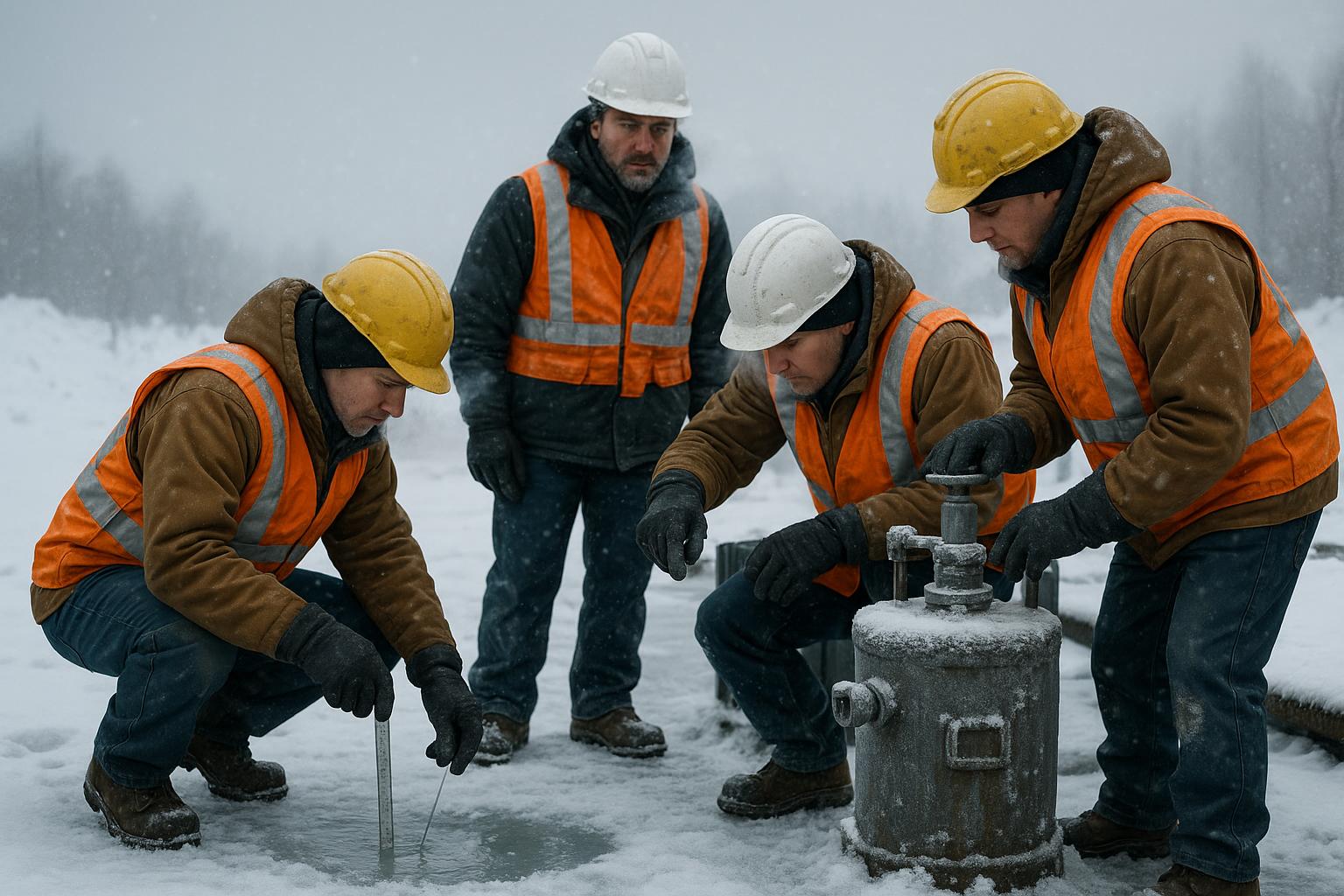Provided by: Three Sixty Safety
Flammable and Combustible Liquids
Flammable and combustible liquids are present in nearly every workplace (e.g., gasoline, diesel fuel, solvents, cleaners, paints and polishes). Yet, such liquids may be highly flammable or combustible. And if used or stored improperly, these liquids can cause serious injury or death.
To understand the dangers of flammable and combustible liquids, it is important to know that it is the vapor, not the liquid, that burns. For instance, an explosion can occur when a worker drains a gasoline tank and begins repairs involving welding or brazing on the tank. Although the tank is empty, it contains gasoline vapors. If the vapor concentration is within the explosive range and a source of ignition is introduced, an explosion can easily occur.
Review this flyer for more information on flammable and combustible liquid safety.
Safety Precautions
The following practices must be followed when handling flammable and combustible liquids:
- Use Class I flammable liquids (any liquid that can ignite at less than 100 F) only where no open flame or other ignition source is in the path of the vapor.
- Remember that welding, flame cutting and soldering, and other flame-, heat- or spark-producing work is not allowed within 25 feet of liquid use and storage areas.
- Never smoke in storage and handling areas of combustible and flammable liquids, or in a 25-foot radius around these areas.
- All containers must be properly labeled and marked with the complete chemical name.
- All containers must be metal, sealed with a cap or lid, and not damaged or leaking.
- Don’t store flammable liquid containers next to exits, aisles, stairways or doors—even for a brief time. Flammable containers may also not be placed where they can interfere with the exit from an area or building in an emergency situation.
- Dispense flammable and combustible liquids with approved pump or metal self-closing faucets only.
- Do not transfer liquid unless a worker who is trained to stop the transfer in the event of a spill is present.
- When transferring flammable liquids from one container to another, the containers must be connected by a conducting wire and one container must be grounded.
- Maintain access to fire extinguishers and other emergency equipment at all times. At least one fire extinguisher must be located within 10 feet of any flammable and/or combustible liquid storage area, and within 50 feet of a flammable liquid use area.
If you have questions regarding the handling of these liquids, contact your supervisor.
This Safety Matters flyer is for general informational purposes only, and is not intended as medical or legal advice.



